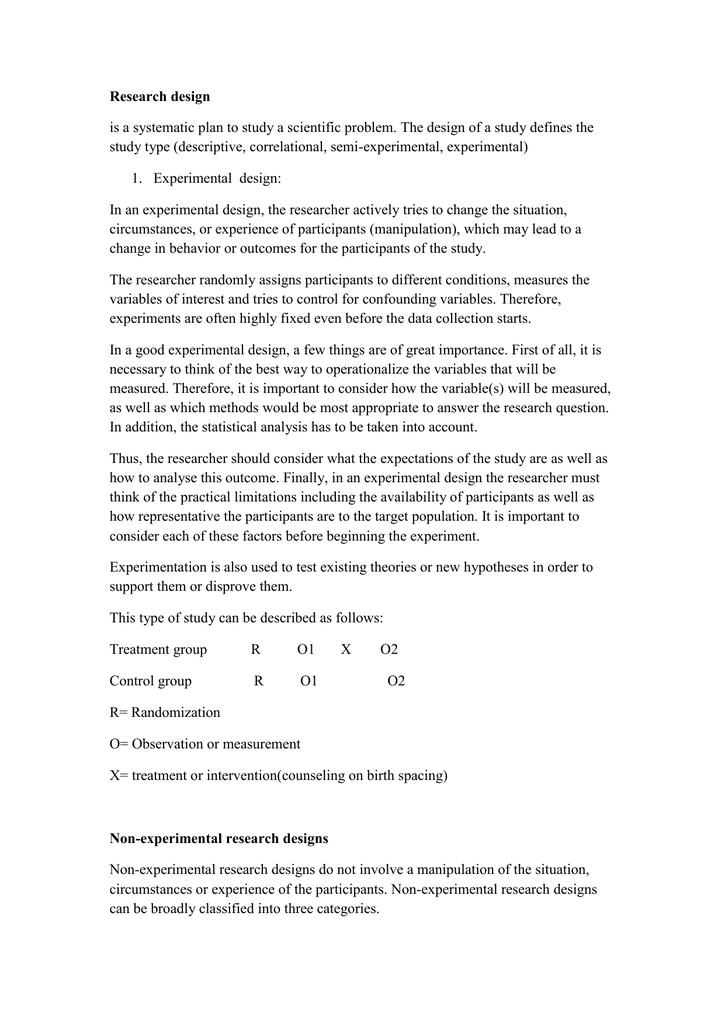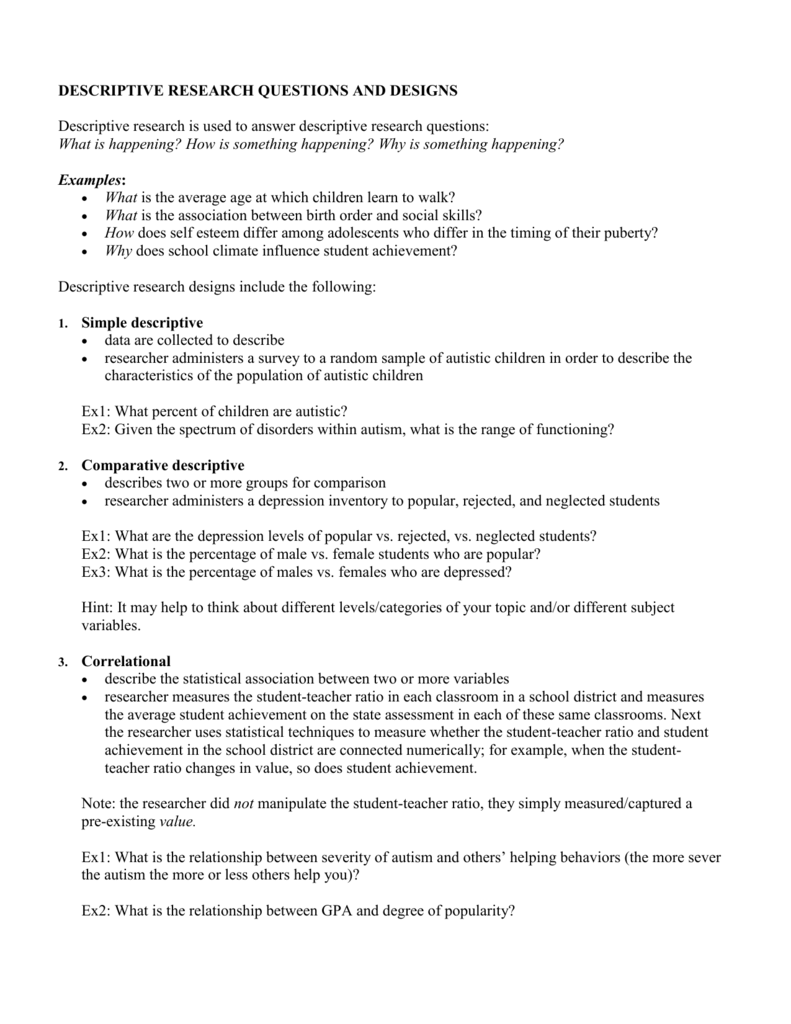Table Of Content

Thus, these study designs are often inexpensive, quick and do not need too much effort. Furthermore, these studies often do not face serious ethics scrutiny, except if the information sought to be collected is of confidential nature (e.g., sexual practices, substance use, etc.). The most well-known include cross-sectional studies, census surveys, sample surveys, case reports, and comparison studies.
Unlocking the Secrets of Killer Pricing: A Dive into Competitive Analysis
Healthcare providers engagement in detecting cases, treating and caring for multidrug resistant tuberculosis (MDR-TB) may be influenced by various intrinsic (individual provider factors) and extrinsic (peer, health system, political and other factors) [15]. Our study explored engagement of individual DOTS providers and factors that influence their engagement in MDR-TB prevention and management service. This is addressed through five emergent themes and subthemes as clearly specified in our results section.
Descriptive research methods
The length of FGD ranged from 58 to 82 min and that of key informants’ interview lasted from 38 to 56 min. In general, the overall characteristics were consistent with design features of QDstudies described in the literature (Neergaard et al.,2009; Sandelowski, 2000, 2010; Vaismoradi et al.,2013). For example, many authors reported that study objectives were to describe orexplore participants’ experiences and factors related to certain phenomena, events,or interventions. In most cases, these authors cited Sandelowski (2000) as a reference for this particular characteristic. It was rarethat theoretical or philosophical frameworks were identified, which also is consistent withdescriptions of QD. In most studies, researchers used purposeful sampling and its derivativesampling techniques, collected data through interviews, and analyzed data using qualitativecontent analysis or thematic analysis.
Use observational methods
Statistical sampling allows you to test a hypothesis about the characteristics of a population. There are various sampling methods you can use to ensure that your sample is representative of the population as a whole. There are many other ways of analysing qualitative data depending on the aims of your research. To get a sense of potential approaches, try reading some qualitative research papers in your field.

All methods and report contents were performed in accordance with the standards for reporting qualitative research. Our laboratory technicians take sample from MDR-TB suspects to the post office and then, the post office sends to MDR-TB site. Descriptive research design is widely employed across diverse fields, and its primary objective is to systematically observe and document all variables and conditions influencing the phenomenon. The method primarily focuses on describing the nature of a demographic segment without focusing on “why” a particular phenomenon occurs. In other words, it “describes” the research subject without covering “why” it happens.
Descriptive research is a research method that focuses on providing a detailed and accurate account of a specific situation, group, or phenomenon. This type of research describes the characteristics, behaviors, or relationships within the given context without looking for an underlying cause. Descriptive research provides a detailed and comprehensive account of a specific situation or phenomenon.
Findings do not consist of conclusive statements derived from numbers and statistics because field research involves analysis of words and observations of behavior. Conclusions, therefore, are developed from an interpretation of findings that reveal overriding themes, concepts, and ideas. First, participants from private health facilities were very few, which might have restricted the acquisition and incorporation of perspectives from health care providers from private health care facilities. Second, healthcare providers’ engagement was not measured from patient side given that factors for engagement may differ from what has been said by the healthcare provides. Third, power relationships especially among focus group discussant in MDR-TB treatment initiation centers might have influenced open disclosures of some sensitive issues.
The data collected through these methods can be either quantitative or qualitative. Quantitative data are typically analyzed and presenting using descriptive statistics. Quantitative data, such as narrative data collected as part of a case study, may be used to organize, classify, and used to identify patterns of behaviors, attitudes, and other characteristics of groups.
Step-2: Determine the tools and techniques to be used for data collection
A random sample of potential participants of the test may be asked to use the 2 different methods, and factors like failure rates, time factors, and others will be evaluated to arrive at the best method. This data aims to know the extent to which different conditions can be obtained among these subjects. This research method takes a problem with little to no relevant information and gives it a befitting description using qualitative and quantitative research methods.
Visualization can help identify patterns or relationships between variables and make it easier to communicate findings to others. However, majority of the healthcare providers demonstrated perceived fear of exposures mainly due to poor infection prevention practices and substandard organization of work environment in most TB/MDR-TB units. This is essentially reasonable fear, and needs urgent intervention to protect healthcare providers from worsening/reducing their effective engagement in MDR-TB patient care. On the other side of the coin, perceived risk of occupational exposure to infection could be source for taking care of oneself to combat the spread of the infection. I see that one of our challenges is the weak referral connections between treatment initiation centers and health centers.
Descriptive research is a research method used to try and determine the characteristics of a population or particular phenomenon. This involves an in-depth examination of a single individual, group, or situation to gain a detailed understanding of its characteristics or dynamics. Case studies are often used in psychology, sociology, and business to explore complex phenomena or to generate hypotheses for further research. Of the 55 publications, 23 originated from North America (17 in the UnitedStates; 6 in Canada), 12 from Asia, 11 from Europe, 7 from Australia and New Zealand, and2 from South America. Eleven studies were part of larger research projects and two of themwere reported as part of larger mixed-methods studies.
This method involves analyzing qualitative data by assigning codes to segments of data based on their meaning or content. Qualitative coding can be used to identify common themes, patterns, or categories within the data. This method involves analyzing data by creating a table that shows the frequency of two or more variables together.
Design and implementation characteristics of research training for rural health professionals: a qualitative descriptive ... - BMC Medical Education
Design and implementation characteristics of research training for rural health professionals: a qualitative descriptive ....
Posted: Thu, 30 Mar 2023 07:00:00 GMT [source]
Descriptive research aims to accurately and systematically describe a population, situation or phenomenon. An adequate sample size is important to ensure that the results of the study are statistically significant and can be generalized to the population being studied. Furthermore, it is important to minimize bias in all aspects of the study, from the selection of participants to the analysis of data. Descriptive research is often less expensive and less time-consuming than other research methods. Descriptive research provides a comprehensive picture of the characteristics, behaviors, and attributes of a particular population or phenomenon, which can be useful in informing future research and policy decisions. Descriptive research is focused on describing and summarizing the characteristics of a particular population or phenomenon.
During descriptive research, you gather different degrees of interest over time from a specific population. Cross-sectional studies provide a glimpse of a phenomenon’s prevalence and features in a population. There are no ethical challenges with them and they are quite simple and inexpensive to carry out. Performing census surveys involves gathering relevant data on several aspects of a given population.
Voxco powers 1B surveys annually and helps 500+ global brands gather data, measure sentiment, uncover insights, and act on them. A census survey is a kind of survey where information is gathered from all units of a population. Data collected through a census study is highly generalizable to the population as all or most units of the population are sampled. The observational method is generally used in psychological, social, and market research to obtain data that explains how people behave in real-life settings. Case studies allow researchers to create hypotheses that can widen the scope of evaluation while studying the phenomenon. However, it is important to note that case studies cannot be used to outline the cause-and-effect relationship between variables as they cannot make accurate predictions due to the risk of researcher bias.

No comments:
Post a Comment